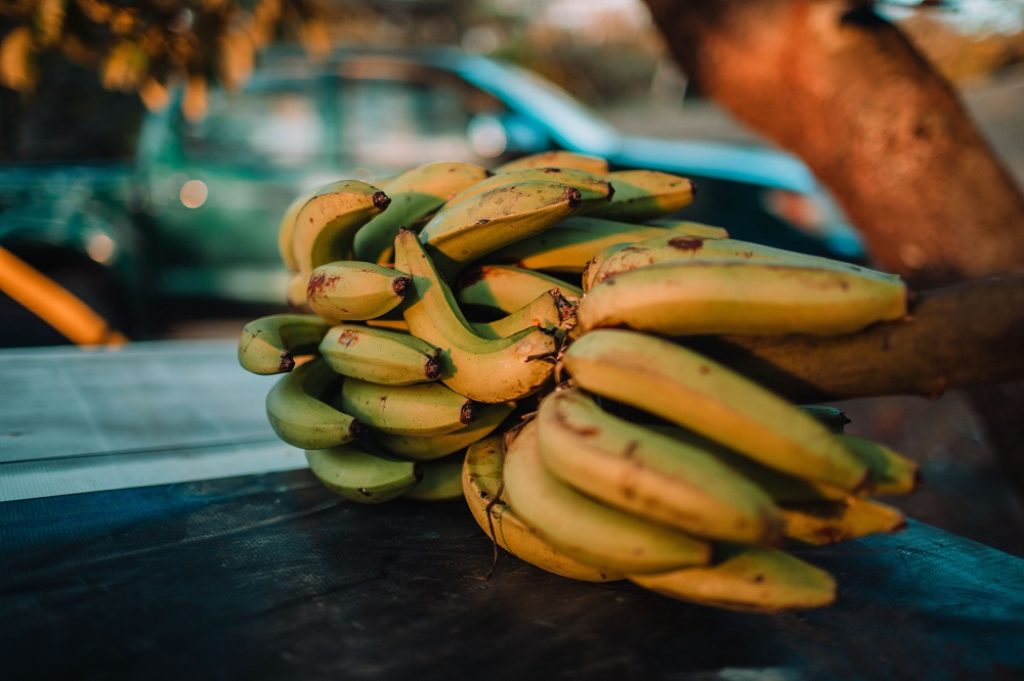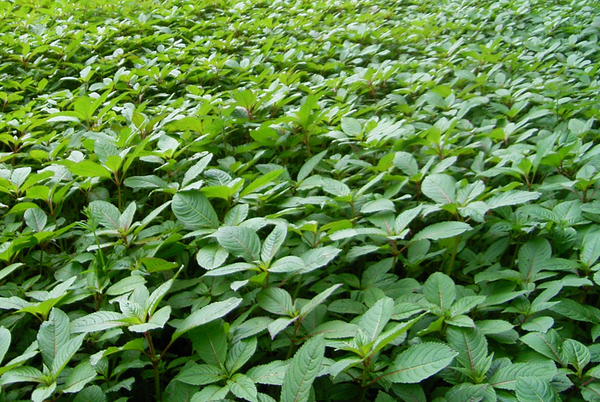Invasives Most Read 2018
2018 has been a bumper year for the CABI Invasives blog, with 4 times more posts than 2017 and over twice the number of views (over 20,000!). With so many articles published this year, we have compiled a list of the top 20 most read to round off 2018.
A new tool to identify potential invasive species threats
CABI has announced the beta launch of its invasive species Horizon Scanning Tool, a decision support aid to help users identify potential invasive species threats to a country, state or province. The tool is supported by the US Department of Agriculture (USDA) and the UK Department for International Development (DFID). Gareth Richards, CABI’s Compendium Programme Manager,…
A fifth of the world’s plants under threat, as report says 391,000 species now known to science
Dave Simpson – 11 May 2016 A ground-breaking report from the Royal Botanic Gardens, Kew, has produced an estimate of the number of plants known to science. By searching through existing databases, the researchers have estimated that there are now 390,900 known plant species, of which around 369,400 are flowering plants. But this figure is…
New in July 2015 from the ISC
In July 2015 the following datasheets were published on CABI’s Invasive Species Compendium (ISC). You can explore the open-access ISC here: www.cabi.org/isc Akebia quinata (five-leaf akebia) – a highly invasive, aggressive vine native to East Asia, A. quinata has been introduced as an ornamental to Canada, Europe, Oceania and the USA. It can outcompete native understory plants…
New in January 2015 from the ISC
In January 2015 the following datasheets were published on CABI’s Invasive Species Compendium (ISC). You can explore the open-access ISC here: www.cabi.org/isc. Clerodendrum thomsoniae (bleeding glory bower) – native to West Africa, this vine has been widely cultivated in tropics and subtropics worldwide, and is naturalised in many places, including the USA, Australia and the Galapagos Islands.…
New in November 2014 from the ISC
In November 2014 the following datasheets were published on CABI’s Invasive Species Compendium (ISC). You can explore the open-access ISC here: www.cabi.org/isc Clerodendrum indicum (Turk’s turban) – this small shrub, native to temperate and tropical Asia, has been deliberately introduced principally to the Americas as an ornamental. Having long since escaped from cultivation, it is now established…
New in October 2014 from the ISC
In October 2014 the following datasheets were published on CABI’s Invasive Species Compendium (ISC). You can explore the open-access ISC here: www.cabi.org/isc Silybum marianum (variegated thistle) – this large, aggressive thistle was already recognised as a serious invasive way back in the 1800s. Native to the Mediterranean and parts of Asia and Russia, S. marianum is now…
Invasive myrtle rust impacts discussed at international forestry congress
CABI has recently published a comprehensive review and update of its ISC datasheet on the globally important pathogen Puccinia psidii, commonly known as myrtle rust or guava rust. This problematic fungus is of worldwide importance and is capable of infecting a wide range of hosts. To date it has over 440 host species; affecting many…
New in August 2014 from the ISC
In August 2014 the following datasheets were published on CABI’s Invasive Species Compendium (ISC). You can explore the open-access ISC here: www.cabi.org/isc Lepus europaeus (European hare) – the European hare has been widely introduced by humans from its original range in continental Europe and has successfully established populations in South Sweden, North and South America, Australia, New…
- « Previous
- 1
- 2
- 3
- Next »



